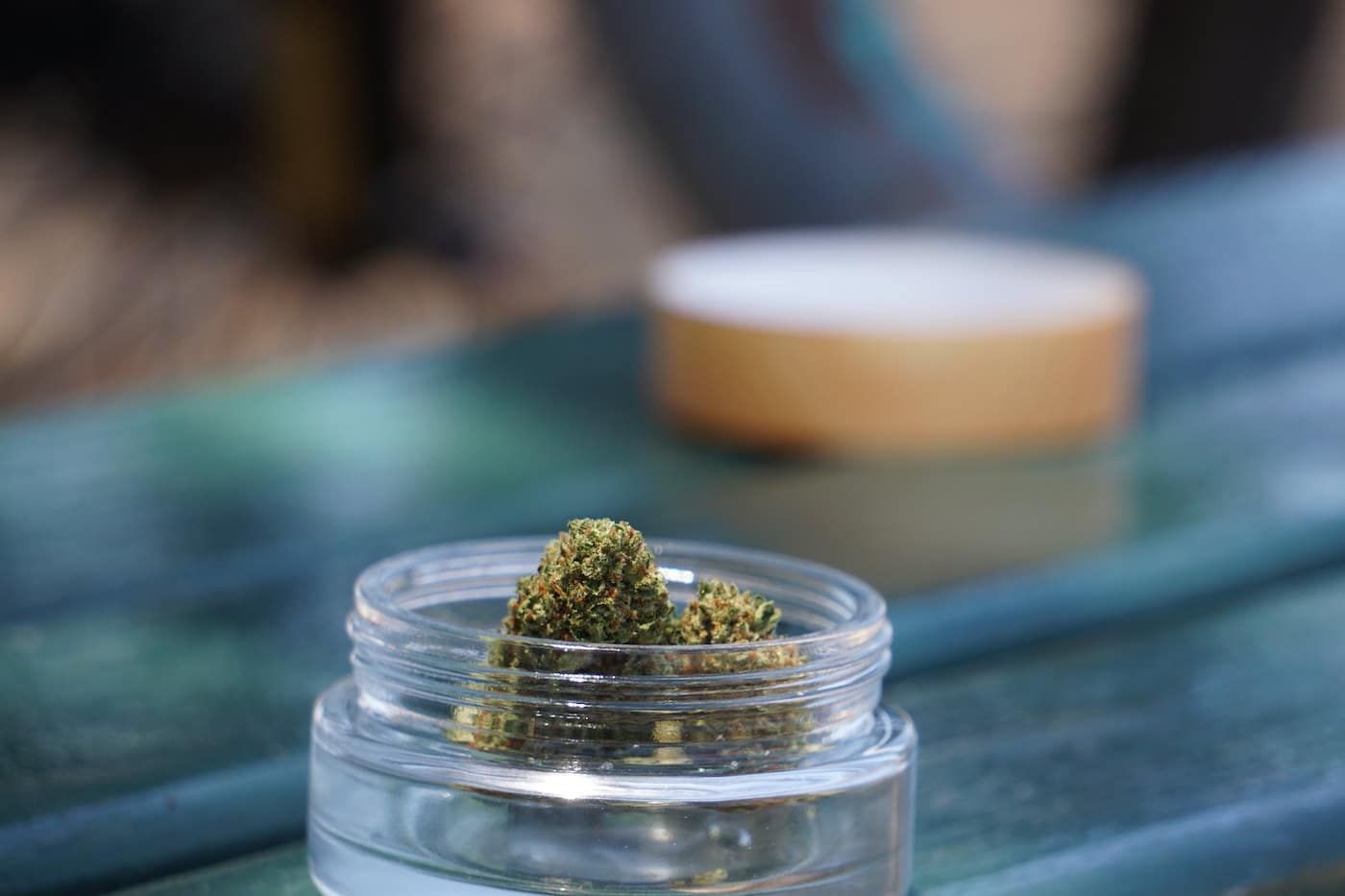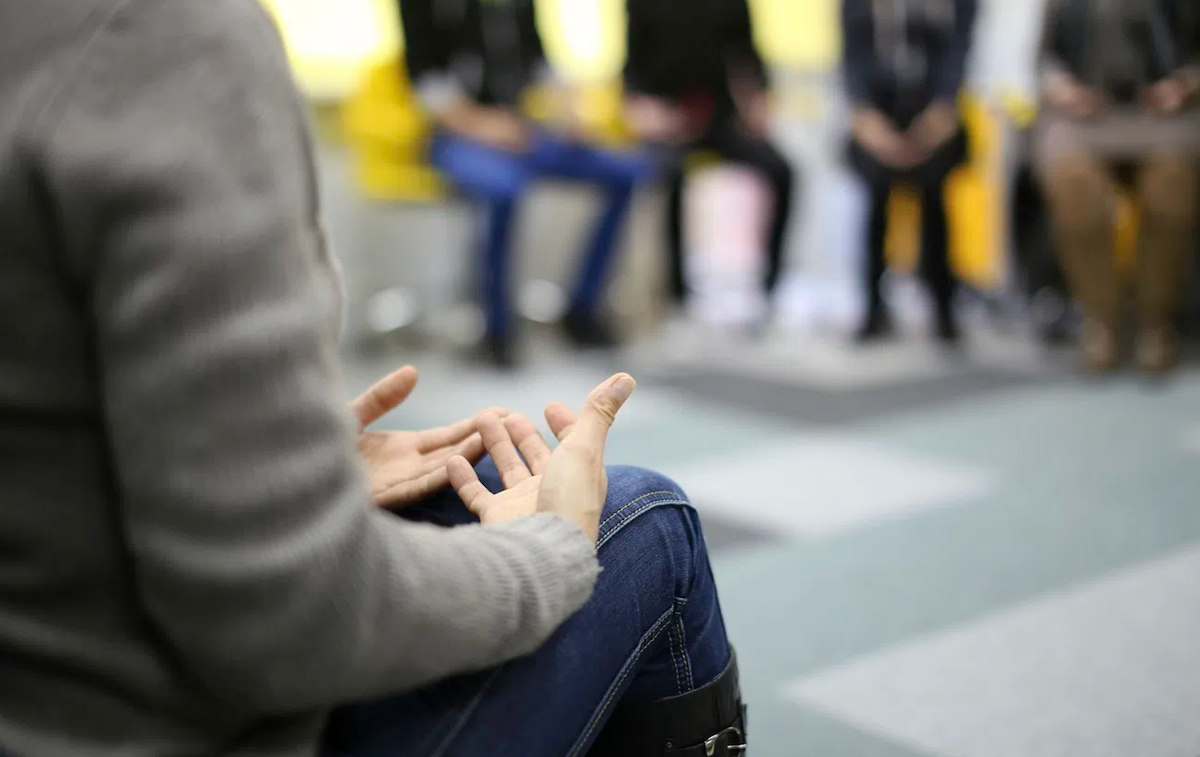Removing Barriers to Effective Overdose Prevention
September 2, 2022 | Barry Lessin, M.Ed., CAADC
Throughout my career as an addiction psychologist, I have always appreciated and embraced the challenge of working with people with substance use problems and the often-complex interaction with mental illness.
As my career developed, I increasingly recognized the frustration and pain my clients and I faced in accessing effective treatment. Earlier in my career, however, I shrugged it off, realizing it was part of the territory of this work.
About five years ago, though, my career took a dramatic turn when I was profoundly affected by a combination of a personal family situation involving drug misuse and mental illness and tragedies that began happening to some of my clients and their families. People I was working with started dying of accidental overdose, at first a few each year – then becoming all-too common occurrences. My training and experience never prepared me for helping families deal with the devastation of such losses.
These deaths compelled me to go on a quest for answers to the larger picture of the public health environment that determines the landscape for those of us working in drug and alcohol treatment. What became clear to me as I learned more about overdose tragedies are the following:
- Existing well-supported medical strategies can reduce the incidence of overdose deaths and dramatically lower the chance of fatality when an overdose does occur.
- Because our country’s drug policies tend to criminalize substance use and stigmatize drug users, one consequence is the lack of overdose prevention programs.
- Specific to the widespread societal problem of opioid* addiction, a safe, effective antidote medication, naloxone (brand name Narcan), exists for overdoses. It’s actually been around for 40 years, and emergency medical technicians at the scene of an overdose, as well as emergency room personnel, have used naloxone since the 1960s as standard practice to reverse overdoses. And since 1996 community groups have been training active drug users and their loved ones on how to respond to opioid overdose with naloxone.
*Opioids include natural opiates, such as heroin, which are drugs derived from the opium poppy, as well as their synthetic and semisynthetic relatives, including many prescription painkillers.
I subsequently became involved in advocating for drug policy reform and overdose prevention, specifically working with parent groups to educate them about effective treatment and prevention of substance use problems. Still, I wondered aloud with the parent groups I worked with, “Why are people dying every day and is so very little being done to educate family members about what’s out there to prevent overdoses?”
A Public Health Response Spurs Questions
The Centers for Disease Control and Prevention’s latest statistics are that over 40,000 Americans die from accidental drug overdoses each year – an average of five per hour – now outnumbering deaths from motor vehicle crashes or gunshot wounds. More than half of these overdose deaths involve opioids.
Because naloxone is only available by prescription, it has not been widely accessible to most of us in a position to immediately help in an overdose situation. The good news is that a growing number of public health organizations around the country are implementing programs that provide those at risk of overdose, their families, and peers with overdose prevention training and take-home doses of naloxone.
Against the tide of stigma against drug use and drug users, naloxone’s acceptance has spread to parent groups that encourage other parents to keep naloxone on hand if their children are using drugs, as well as to law enforcement departments that have the opportunity to administer the antidote before paramedics arrive and to medical providers who are prescribing naloxone to opioid-using patients. Accordingly, an increasing number of states are passing laws to make naloxone more readily available to first responders and others who need it.
What Exactly is Naloxone and How Does it Work?
Naloxone is a safe, inexpensive, and effective prescription medication that blocks the effects of opioids. It rapidly reverses the life-threatening respiratory depression that results from an opioid overdose, even if other drugs like alcohol and benzodiazepine medications like Xanax are also in a person’s system – a common but dangerous occurrence.
Despite more widespread use, many questions remain about naloxone access and use, reflecting misinformation – in part due to stigma and viewing substance misuse through a moral lens.
My next column will share some of the common questions from family members that come up in my work with them.
This article was written and edited with support from Anne Fletcher.




